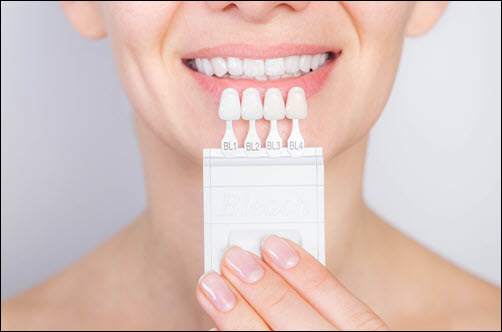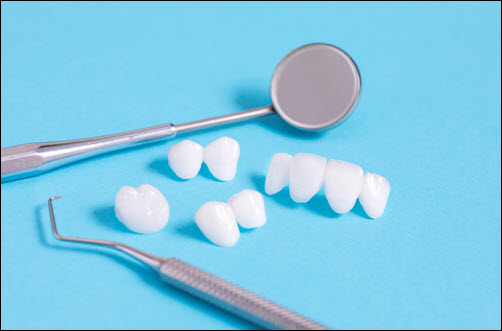Dental Implants: A Modern Solution to Missing Teeth and Dentures
Dental implants offer a transformative, modern solution for those with missing teeth or uncomfortable dentures. Unlike traditional dentures or bridges, implants provide a permanent, natural-looking restoration that functions just like real teeth. With a strong foundation rooted in the jawbone, dental implants allow you to eat, speak, and smile confidently, while also preserving your facial structure and supporting overall oral health.
Why Choose Dental Implants?
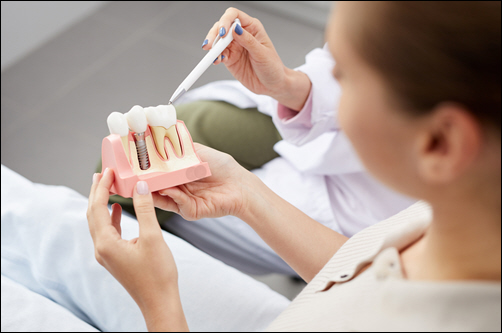 When a tooth is lost, the surrounding bone in the jaw begins to deteriorate because it lacks the stimulation once provided by the tooth’s root. Dental implants address this issue by replacing both the tooth and its root, effectively mimicking the function of a natural tooth. Made of biocompatible titanium, the implant post integrates with the jawbone through a process called osseointegration. This creates a strong, stable base for an artificial tooth, typically a crown, that looks and feels like a real tooth.
When a tooth is lost, the surrounding bone in the jaw begins to deteriorate because it lacks the stimulation once provided by the tooth’s root. Dental implants address this issue by replacing both the tooth and its root, effectively mimicking the function of a natural tooth. Made of biocompatible titanium, the implant post integrates with the jawbone through a process called osseointegration. This creates a strong, stable base for an artificial tooth, typically a crown, that looks and feels like a real tooth.
For people struggling with removable dentures, dental implants offer a secure alternative. Implants eliminate the slipping, discomfort, and inconvenience often associated with traditional dentures, giving you a stable, comfortable smile. Additionally, implants require no adhesives, so you can enjoy eating your favorite foods without worry.
Benefits of Dental Implants
- Natural Appearance and Feel: Dental implants are designed to blend seamlessly with your natural teeth. The crown is custom-made to match the color, size, and shape of your other teeth, giving you a smile that looks completely natural.
- Long-Term Durability: Implants are a permanent solution. With proper care, they can last a lifetime. Titanium’s durability and biocompatibility make implants resistant to decay, unlike natural teeth, which can be susceptible to cavities.
- Preservation of Bone Health: By stimulating the jawbone, implants prevent the bone loss typically associated with missing teeth. This maintains your facial structure, preventing the “sunken” look that often accompanies long-term denture wear.
- Improved Speech and Comfort: Unlike dentures, which can slip and cause speech difficulties, implants stay securely in place. This stability allows you to speak clearly and comfortably, as well as eat foods without restrictions.
The Dental Implant Process
The dental implant process begins with a thorough evaluation to ensure you have adequate bone density to support an implant. If needed, your dentist may recommend a bone graft to strengthen the jawbone. Once your jaw is ready, the implant post is surgically placed into the bone, and over the next few months, osseointegration occurs as the bone fuses with the implant.
After the implant has fully integrated, your dentist attaches an abutment, which acts as a connector for the artificial tooth. Finally, a custom crown is placed, completing your smile with a natural-looking, fully functional tooth.
Caring for Dental Implants
Caring for dental implants is simple and similar to caring for natural teeth. Brush and floss daily, and schedule regular dental check-ups to ensure the implant and surrounding gums remain healthy. Good oral hygiene helps prevent gum disease, which can impact implant stability.
Embrace a Confident, Functional Smile
Dental implants provide a modern, reliable solution to missing teeth and uncomfortable dentures. With a permanent, stable, and natural-looking replacement, implants improve not only your smile but also your quality of life. If you’re seeking a durable, comfortable solution, talk to your dentist about how dental implants can enhance your smile and restore your confidence.
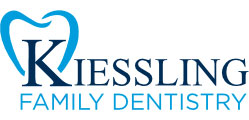
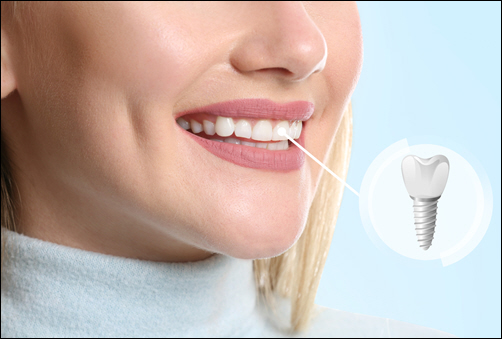

 Stay Calm and Assess the Situation: The first step in any emergency is to stay calm. Take a moment to assess the situation and determine the extent of the injury. If the injury involves severe bleeding, a knocked-out tooth, or a broken jaw, seek immediate medical attention.
Stay Calm and Assess the Situation: The first step in any emergency is to stay calm. Take a moment to assess the situation and determine the extent of the injury. If the injury involves severe bleeding, a knocked-out tooth, or a broken jaw, seek immediate medical attention.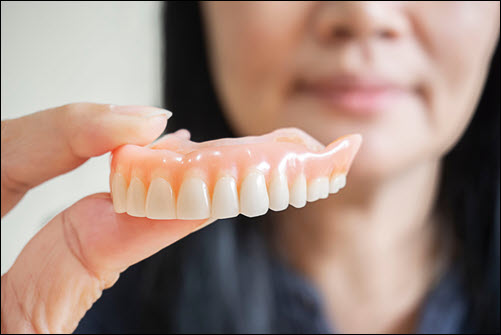
 Partial dentures help maintain the alignment of existing teeth, while full dentures restore the entire dental arch, improving both function and appearance. They’re used when some natural teeth remain and fill in the gaps left by missing teeth. They’re usually attached to a metal framework that clips onto the remaining natural teeth, providing stability.
Partial dentures help maintain the alignment of existing teeth, while full dentures restore the entire dental arch, improving both function and appearance. They’re used when some natural teeth remain and fill in the gaps left by missing teeth. They’re usually attached to a metal framework that clips onto the remaining natural teeth, providing stability.